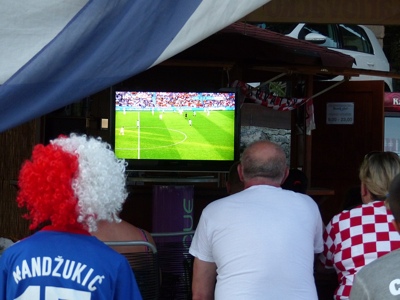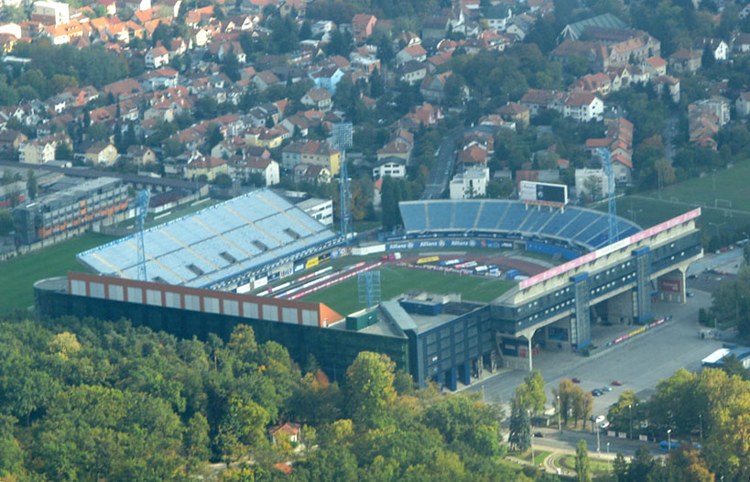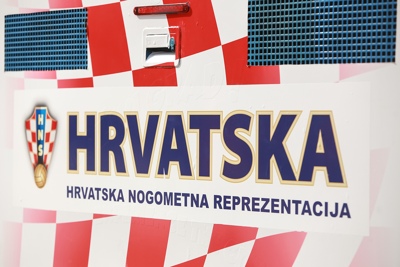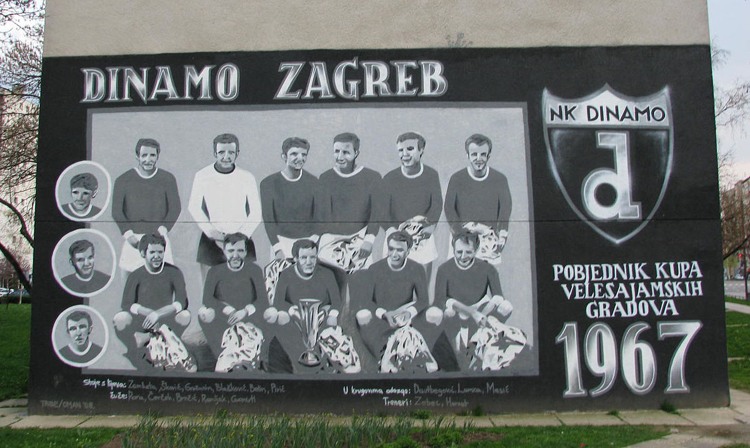Prva HNL Stadiums & Stats

The Croatian First Football League is called the Prva Hrvatska Nogometna Liga in its native language and is better known as either Prva HNL or 1. HNL. At the time of writing it is called the Hrvatska Telekom Prva Liga because of sponsorship. As the name suggests, it’s the top-flight league of Croatian football and was established in 1992 after Croatia gained independence from the Soviet Federal Republic of Yugoslavia.
Unlike a number of other leagues in Eastern Europe (such as the Polish and Bulgarian divisions) the structure of the HNL is actually reasonably easy to understand. We’ll give you some more information about that shortly, as well as a taste of the league’s history. To begin with, though, we’ll tell you all about the different types of stadiums you can expect to encounter if you head to Croatia to watch some top-flight football.
Stadium Stats
| Stadium | Year Opened | Capacity | Ave Attendance | Record Attendance | Record Attendance Match |
|---|---|---|---|---|---|
|
Stadion Maksimir
Dinamo Zagreb / Croatia |
1912 | 35123 | 3875 | 64138 | NK Zagreb v NK Osijek (1973) |
Team Stats
| Team | Year Founded | Nickname | Team Owner |
|---|---|---|---|
| Dinamo Zagreb | 1945 | Modri, Plavi | Zdravko Mamic |
Prva HNL Stadiums
The population of Croatia is about 4.2 million. To give you some frame of reference, the population of Greater London is roughly 9 million. That should give you an idea of the sort of stadiums you’ll find yourself in when watching matches from the Croatian First Football League. Football is the most popular team sport in the country, yet the largest ground in the country is the Stadion Maksimir in Zagreb. That can hold just over 37,000 people and the next largest ground, the Stadion Poljud, can host 35,000. Below that is the 22,050 seater Stadion Gradski vrt and then comes the 12,600 capacity Stadion Kantrida.
Even Stadion Kantrida is quite large by Croatian standards. The majority of stadiums actually come in at the less than 10,000 capacity mark. Most of the grounds were built in the mid part of the 20th century, with some dating back as far as 1912. When it comes to the HNL there are two stadiums in Zagreb and two in Split, at the time of writing at least. Dinamo Zagreb’s home is Stadion Maksimir, whilst NK Zagreb and NK Lokomotiva both play their games in the city’s Stadion Kranjčevićeva. Hadjuk Split play in Stadion Poljud and RNK Split call Stadion Park Mladeži home.

The styles of the different stadia vary greatly. A number of them tend to be modelled in the ‘English Style’ of having stands on each side of the pitch, whilst others are more ‘European’ in their design and have a bowl of continuous seating. Some, such as the aforementioned Stadion Maksimir, boast an interesting combination of the two. There’s a crescent shaped stand at one end of the pitch as well as tall stands on either side. The vast majority of grounds don’t have roofs, instead leaving the supporters open to the elements. In short, it’s a fun place to go and watch football matches but you might get wet.
About The League

The Prva HNL is the top-flight of the Croatian football league pyramid. There are seven levels to the pyramid in total, though only the top three leagues are worth consideration. The Prva HNL has a system of promotion and relegation to the Druga HNL, which in turn relegates teams to and accepts promoted teams from the Treća HNL. This is broken down into three separate leagues of sixteen teams in each, compared to the ten in the Prva HNL and twelve in the Druga.
The three leagues of the Treća are based on their geographical location. The fourth-tier of Croatian football is a series of inter-county leagues and the fifth-tier is, confusingly, called the First League.The Second and Third Leagues make up the seven tiers of the Croatian game. There are hundreds of clubs across numerous leagues, with the divisions split up according to the geography of the country.
When it comes to the Prva itself the league structure is decidedly easy to understand. There are ten teams that play each other four times, twice at home and twice away for a total of 36 games each. At the end of season, the team that finishes top is declared to be the champions of Croatia and enter the Champions League in the second qualifying round. The team that finishes second goes into the Europa League in the second qualifying round, whilst the third placed team enters it in the first qualifying round. Another European place is given to the winners of the Croatian Football Cup. The team that finishes bottom of the pile is automatically relegated to the Croatian Second Football League, with the club that finishes second from bottom entering a relegation play-off with the team that finished second in the division below. That nice and clear? Good.
Prva HNL History
The Yugoslav First League was the top-flight football league firstly for the Kingdom of Yugoslavia from 1918 until 1941, and then the Soviet Federal Republic of Yugoslavia between 1945 and 1991. The start of the 1990s saw the dissolution of Yugoslavia as it then was, with Slovenia declaring its independence in June of 1991 and Croatia doing the same thing in 1991. Obviously, the football clubs from both countries still needed to be able to play competitive games and therefore form their own leagues. For Croatia this became the Croatian First Football League or Prva.

Operated by the Croatian Football Federation, the league has been through a number of different variations in format over the years; until the 1994-1995 season, for example, just two points were awarded for a win. When it first began it featured twelve teams, expanding to sixteen for the second season of its existence. It then went to having eighteen teams for the 1993-1994 campaign – the highest number of clubs that have ever competed for the Croatian First Football League title. It dropped back to sixteen teams the following season before a ludicrously complex system of A and B leagues with a two-stage format and twelve teams was introduced for the 1995-1996 season.
A different, slightly less complex, system was used for the 1997-1998 season, still featuring twelve teams, then in the 1999-2000 season each team played the others in the league three times. The following year another Championship and Relegation group system was used and that continued until 2005-2006. Since the 2013-2014 season the number of teams competing in the Croatian top-flight has been reduced to ten and a slightly more settled format has been decided upon. Since 2003 the league has been named after a main sponsor, regardless of what format for points has been put in place by the CFF.
